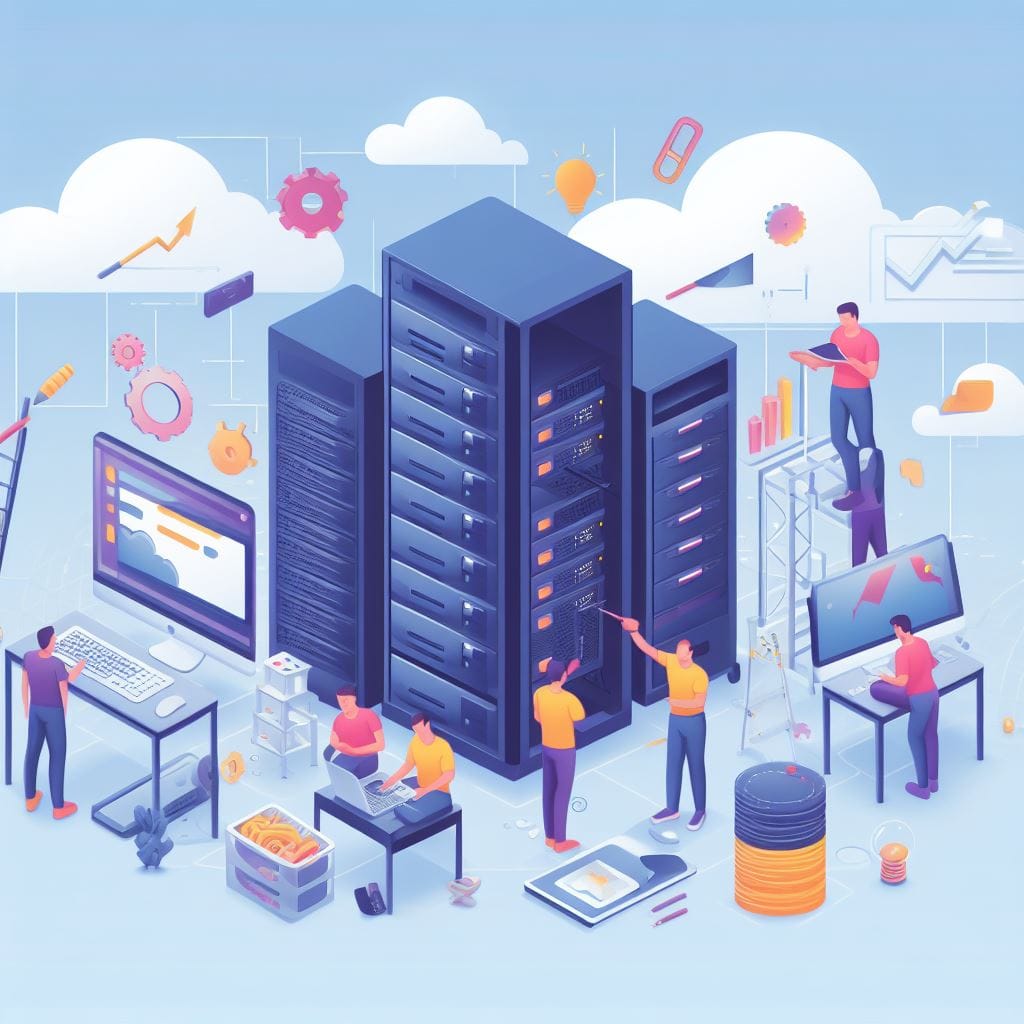Understanding Cloud-Native Security Considerations for Application Development

Cloud-native application development refers to building and deploying applications that leverage the full capabilities of cloud computing and are designed to take advantage of the scalability, flexibility, and resilience that cloud environments offer. When it comes to security in the context of cloud-native applications, there are several important considerations:
- Shared Responsibility Model: Cloud service providers (such as AWS, Azure, Google Cloud, etc.) operate on a shared responsibility model. This means that while they are responsible for the security of the cloud infrastructure, you are responsible for securing your applications and data within that infrastructure.
- Security by Design: Security should be integrated into the application development process from the very beginning. This involves incorporating security requirements, threat modeling, and secure coding practices into the development lifecycle.
- Microservices and Containers Security:
- Container Security: Ensure that container images are built from trusted sources, regularly updated, and scanned for vulnerabilities. Employ tools like Docker Security Scanning, Clair, or vulnerability scanning provided by container registries.
- Orchestration Security: If using container orchestration platforms like Kubernetes, implement best practices for securing clusters, such as RBAC (Role-Based Access Control), network policies, and secure image deployment.
- Immutable Infrastructure:
- Design your infrastructure to be immutable, meaning that once deployed, it cannot be modified. This reduces the surface area for potential security vulnerabilities.
- DevSecOps Practices:
- Implement DevSecOps practices to integrate security into the CI/CD pipeline. This involves automated security testing, code scanning, and vulnerability assessment at every stage of the development process.
- Zero Trust Security Model:
- Assume that no one, even within your own network, can be trusted by default. Implement strict access controls, identity and access management (IAM), and strong authentication mechanisms.
- Encryption and Data Protection:
- Use encryption for data both in transit (TLS/SSL) and at rest (encrypted databases, storage solutions). Employ proper key management practices.
- Logging, Monitoring, and Auditing:
- Implement robust logging and monitoring solutions to detect and respond to security incidents in real-time. Use tools like CloudWatch, Azure Monitor, or Stackdriver for cloud-native platforms.
- Compliance and Regulatory Considerations:
- Understand and adhere to industry-specific compliance standards and regulations (e.g., GDPR, HIPAA, PCI DSS) relevant to your application and data.
- Incident Response and Disaster Recovery:
- Have a well-defined incident response plan in place. This should include procedures for identifying, containing, eradicating, recovering, and learning from security incidents.
- Identity and Access Management (IAM):
- Implement strong identity and access controls to ensure that only authorized users and services have access to your resources. Utilize multi-factor authentication (MFA) wherever possible.
- Patch Management:
- Regularly update and patch all components of your application stack, including the underlying operating system, middleware, and application dependencies.
- Threat Modeling:
- Identify and evaluate potential threats and vulnerabilities to your application. This helps prioritize security efforts and resources.
- Third-party Integration Security:
- Ensure that any third-party services or APIs used in your application meet security best practices. Validate the security of your dependencies.
- Continuous Security Monitoring:
- Implement continuous security monitoring to detect and respond to threats and vulnerabilities in real-time.
By addressing these considerations, you can help ensure that your cloud-native applications are built and operated in a secure manner, reducing the risk of security breaches and data exposure. Keep in mind that security is an ongoing process, and it's important to stay updated with the latest security best practices and technologies.



